Imagine standing on the windswept coast of Ardmore, County Waterford, searching for traces of a once-mighty fortress. The exact location of Ardmore Castle remains a tantalizing mystery, with several intriguing theories vying for attention.
The Old Rectory Theory
One compelling suggestion places the castle on the site of the “Old Rectory” on Tower Hill:
- Medieval door and window remnants are visible in the basement
- A tunnel discovered during 1990s renovations
- Aerial photographs show the house surrounded by a defensive dyke, matching siege descriptions[1]
The Low Ground Theory
An 1864 account suggests a different location:
- East of the new parish church
- Northeast of the old cathedral
- About 150-200 yards from the cathedral[1]
The Two Towers Hypothesis
Some historians propose there may have been two tower houses in Ardmore:
- One below the Round Tower and Cathedral
- A second in a less certain location, possibly the “Old Rectory” site[1]
Clues from History
The castle’s rich history offers tantalizing details:
- Built between 1191-1198, originally belonging to the Mernin family
- In 1497, Perkin Warbeck, the Pretender, briefly occupied the castle
- Sir Walter Raleigh leased the castle in 1591, only to be ejected by Sir John Dowdall in 1593
- Chief Justice Edward Harris lived there in the early 17th century, keeping 70 broodmares[1]
The Siege of 1642
The dramatic siege of 1642 provides crucial information:
- Lord Broghill’s forces attacked the castle
- 140 defenders were put to the sword
- Eyewitness accounts describe tunnels dug by the besiegers[1]
A Vanishing Legacy
By the mid-18th century, the castle was already fading into memory:
- In 1752, Dr. Pococke noted only “remains of an old Castle”
- By 1810, some sources no longer mentioned the castle ruins at all[1]
While the exact location of Ardmore Castle may remain elusive, its story is a testament to this coastal gem’s rich and sometimes turbulent history. As you explore Ardmore today, remember that beneath your feet may lie the foundations of a fortress that once stood proud against the Irish sky, its secrets waiting to be uncovered.
UPDATE – Special Thanks To John and Marth Tierney – https://www.thememorytrail.com/story/3222.
The “lost castle” of Ardmore is beginning to reveal its secrets, supported by historical evidence suggesting a medieval defensive structure capable of housing over 200 people and livestock. However, no physical traces of the castle have been definitively identified to date.
As part of a 2024 heritage project by Ardmore Tidy Towns, researchers are leveraging new digital survey techniques alongside existing historical knowledge. They consulted Siobhán Lincoln’s comprehensive work, Ardmore, Memory and Story, and reviewed the 1818 Grand Jury map of Waterford by William Larkin. Initial interpretations of the map suggested two round features, which were later identified as a line of trees marking property boundaries in Farrangarret.
This led to speculation that Larkin’s map might indicate a property with roots in the medieval period, possibly linked to the church manor of Ardmore. Historical records show that ownership of Ardmore manor fluctuated between secular and ecclesiastical entities for 400 years. Notably, Sir Walter Raleigh owned the manor and castle in 1590, which was later sold to Richard Boyle.
Local discussions have focused on two main hypotheses regarding the castle’s location: one suggesting it was where the rectory currently stands, and another proposing a more complex narrative involving multiple structures. Evidence from the 1642 siege indicates the castle was within pistol-shot of the cathedral, lending credence to the rectory hypothesis.
Recent drone surveys have revealed potential earthworks behind the rectory and near Farrengarret, including a possible rectangular enclosure that may represent a bawn—a defensive feature associated with tower houses. While definitive evidence of the castle remains elusive, these findings are promising for understanding Ardmore’s medieval history.
As research continues, efforts will also focus on exploring the early medieval monastic site and the impact of Richard Boyle’s plantation in Ardmore during the early modern period. The project aims to uncover more about the lost castle’s story while preserving Ardmore’s rich heritage for future generations.
Citations:
[1] https://www.ardmorewaterford.com/ardmore-castle/
[2] https://historicgraves.com/story/ardmore-village-and-graveyard-trails-launch-2024
[3] https://edmooneyphoto.wordpress.com/2015/10/27/ardmore-round-tower/
[4] https://www.instagram.com/theheritagecouncil/reel/DB1JJZiIQCA/
[5] https://www.ardmorewaterford.com/mckennas-castle/
[6] https://x.com/HeritageHubIRE/status/1852346102579863877
[7] https://www.waterfordmuseum.ie/exhibit/web/DisplayPrintable/article/369/8/Ardmore_Memory_and_Story__The_Sea_Shipwrecks.html
[8] https://twitter.com/SECreTour_EU/status/1852349899938910404
Citations:
[1] https://www.ardmorewaterford.com/ardmore-castle/
We include an earlier post on Where Is Ardmore Castle?
Even in the height of summer, the small village of Ardmore always seems peaceful.
It also doesn’t seem designed to be defended.
So just imagine when a mighty force entered the village to lay siege. Canons being called. A village under attack. And, then what concluded in the mass execution of prisoners of war.
But, this is not a work of fiction.
It actually happened on a historic day in 1642.
How do we know?
Well, we have an eyewitness account.
Anyone fortunate to read the eyewitness account of the siege of Ardmore in 1642 may be wondering where Ardmore Castle was located?
Well, the sad answer is that we really are not that sure.
We have however found some further reference points which may help to identify its location a bit better.
The Journal of Waterford and South Kilkenny Archaeological Society in 1898 is a great starting point for a discussion for Ardmore Castle Co. Waterford
“The following items respecting Ardmore Castle – for an account of whose siege (in January number of the Journal) we are so greatly indebted to Mr. James Buckley, London – are taken from a now extremely rare little work, by that devoted antiquarian, the late Mr. Edward Fitzgerald, of Youghal, which was published in 1852 under the title, “A Hand-book to the ‘Holy Citie’ of Ardmore, by F. Ochille (i.e., Fitzgerald, Youghal). Youghal, printed by John W. Lindsay “Little now (1852) is left of Ardmore Castle to remind us of its past importance but irregular grass-grown heaps of rubbish and the remnant of its ancient fosse. Originally it covered a considerable area, as the remains of its outworks appear extensive still-the fosse extending down the side of the hill and across the road to the village. The fields here still retain their ancient names, and as Monere-a-cushlane, i.e., the Castle Meadows. Some of the houses in the village, we have been informed, were built from the stones of the ruined stronghold. The castle originally belonged to the Mernin family, and Smith, in his History of the County of Waterford, says he saw a deed of the date 1197 settling lands here on the Mernins by a Danish lady named Christiana Hydorothy – the Danes having had a considerable settlement at Ardmore. This would give grounds for assigning the foundation of the castle to the beginning of the thirteenth century, that is, soon after the deed of settlement. In 1497 Perkin Warbeck, the Pretender, occupied the castle for a brief period. From it he sent his summons to Waterford to surrender to him, and left his wife in safekeeping there whilst – he went to besiege that city.
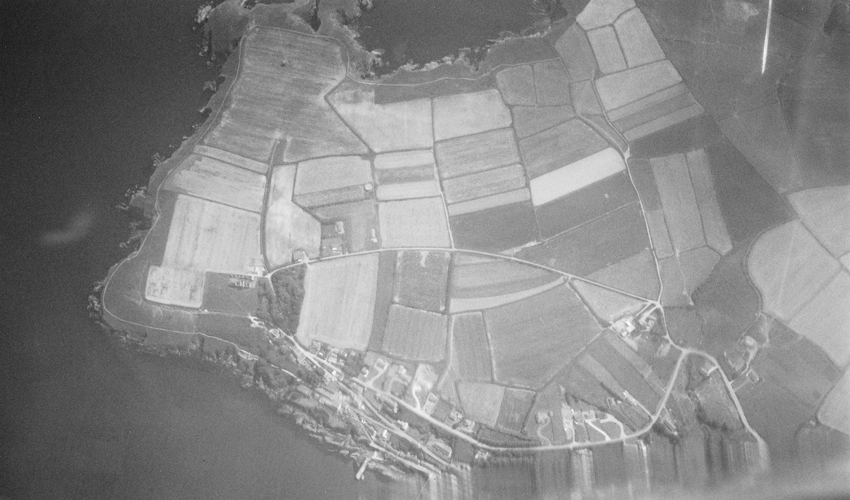
The ‘Annals of Youghal’ for 1852 (by Canon Hayman), record that “in 1591 the manor, lordship, and castle of Ardmore were leased to Sir Walter Raleigh for IOO years. But in 1593 Sir John Dowdall, knight, late of Piltown, ejected Raleigh, and kept possession for many years.” In Frazer’s Magazine, for 1845, it is stated that in the early part of the 17th century Ardmore Castle was inhabited by Sir Edward Harris, Chief Justice of the Court of Common Pleas who is said to have lived here in a style of cumbrous magnificence like an ancient feudal noble. He owned the rectorial or great tithes of Ardmore, which’ were then mostly paid in kind, and as the tenth of everything was demanded, the courtyard of the castle and the buildings around it were crowded with flocks and herds and gorged with corn, etc. Chief Justice Harris had a numerous family, one son and twelve daughters, and it is said that whenever he went to visit any of the nobility or gentry of the county he rode at the head of so numerous a train that it covered a mile of ground. It is also said of him that he kept at one time no less than seventy broodmares of a peculiar breed. One enduring memento of Lord Harris as the country people sometimes call him is a well near the gate of the Protestant church, which is named after him the Justice’s Well.” In 1692 the castle was besieged and taken by Lord Broghill, a son of the Great Earl of Cork, and 140 of the garrison put to the sword. (This was the siege of which Mr. Buckley has furnished the Journal with a contemporary account.) The last record we have of Ardmore Castle is that in the early part of the eighteenth century Mr. Odell’s great grandfather kept hounds in it when he visited Ardmore and that some 50 years subsequently considerable portions of this stronghold were standing.”
Dr. Pococke’s Irish Tour, 1752 also makes a small reference to a ruined castle in Ardmore.
“Kinsale beg is opposite to Youghall, where the church was roofed and covered by Bishop Milles, but all the Protestant inhabitants leaving the Parish it was not finished. Near it is Prospect Hall, the seat of Mr. Bernard, from which there is a fine view of Youghall on the river which is built up the side of a hill, a little like the situation of Constantinople, to the southwest was a fine Strand four miles long, but by some accident was spoiled for riding: Pilestown is the estate of the Walshes
Ardmore. where judge Walsh lived, who is supposed to be the author of the forged Commission in favour of the Irish Rebels, in the time of King Charles the first, according to the Author of the County of Waterford. We now leave the river and turn eastward along the shore and soon came to Ardmore, the great (head or height) from a head of land at this place; It was anciently the See of a Bishop Patrick founded by St. Declan of this county who was the first Bishop, about the time of St. Patrick: They say, he founded a Monastery here, which might be at the old church over the Sea-cliff; where there are remains of a very ancient building; the Cathedral probably was where the present parish church is, at the west end of which are some curious old reliefs of Saints, of Adam and Eve, etc: the chancel only is covered for the Parish church. Near it is a small square building where St. Declan is buryed: there is the finest and best-built round tower here in the Kingdom, fifteen feet in diameter and above a hundred high, it is divided into five parts by four water tables, there are at the top two or three beams of timber for hanging a Bell, for which use it certainly served, there being very plain channels in the stones at the bottom of the door worn by the ropes.
There are also remains of an old Castle here; on the head of land were formerly lead mines, and searching of late for ore they found they were worn out, This parish extends a great way into the mountains to the north and four miles to the eastward.
There is a great Pattern held here on St. Dedans day and penances are performed by creeping under a stone, concerning which they have some strange tradition: old mines also are seen over the mountains, which if I mistake not, are said to have been Iron mines.”
We return to The Journal of Waterford and South Kilkenny Archaeological Society in 1899
“Smith, our county historian, tells us that, in 1197, a Dane of Ardmore settled a tract of land, in that ancient cathedral town, on a family called Mernin; and, “this tract continued in the same name and family to the year 1745, when they sold it“ Ardmore Castle was built at this time: it certainly dates from the period 1191-1198.
Wm. Wenman Seward, Esq. in 1797 in “The topography of Ireland, ancient and modern. Giving a complete view of the civil and ecclesiastical state of that kingdom; with its antiquities, natural curiosities, trade, manufactures, extent, and population” also makes reference to the ruin of a castle
Curiously there is no mention of the castle ruins in an 1810 edition of A topographical dictionary of Ireland: exhibiting the names of the several cities, towns, parishes, and villages … Collected from the most authentic documents, and arranged in alphabetical order: being a continuation of the topography of the United Kingdom of Great Britain and Ireland / by Nicholas Carlisle, Fellow, and Secretary of The Society of Antiquaries of London.
So where was it located?
If you have any further information on Ardmore Castle, we would love to hear from you.
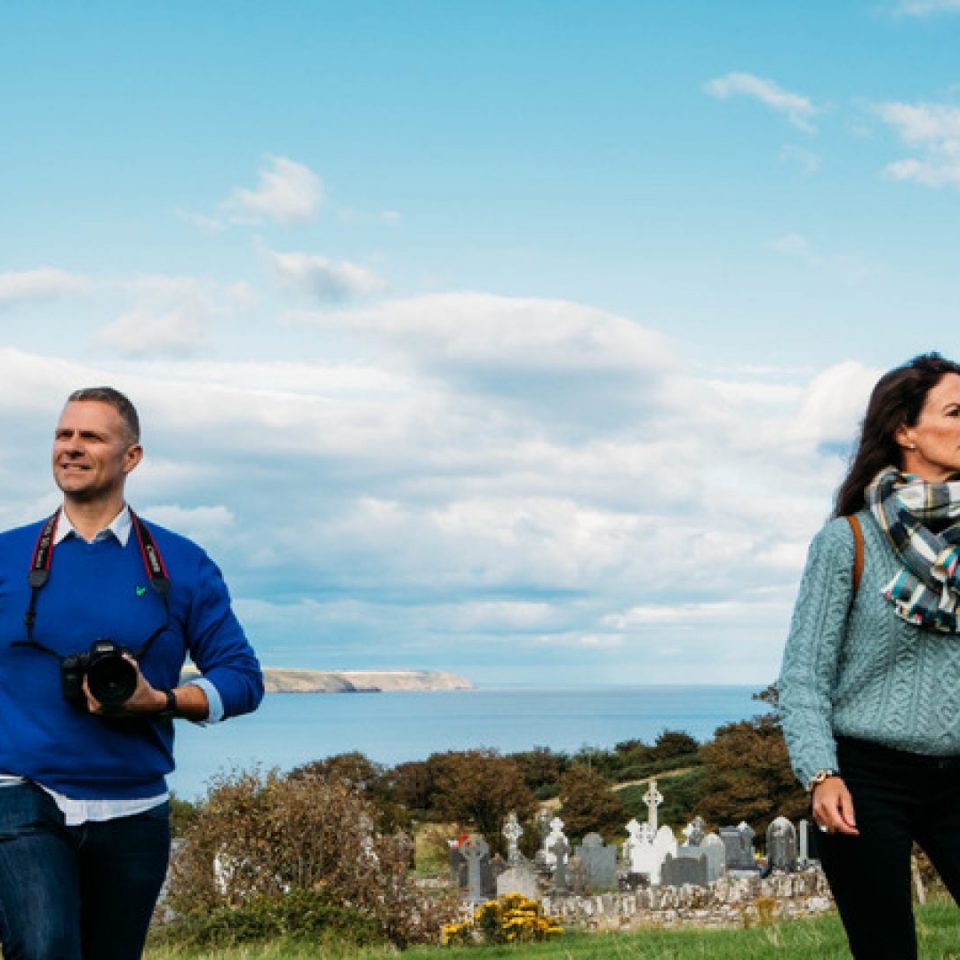
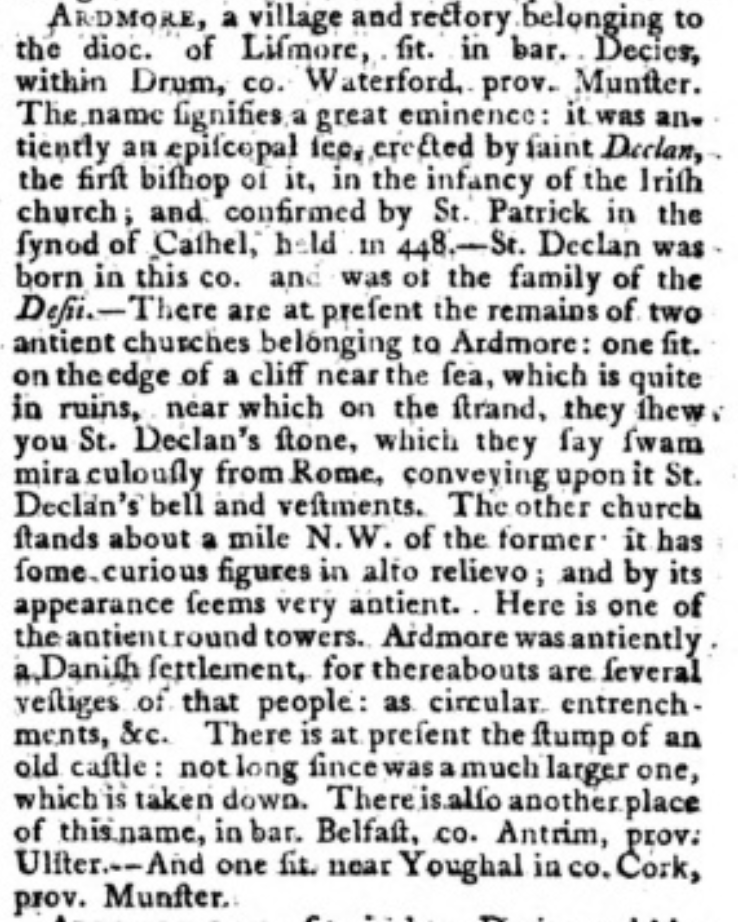
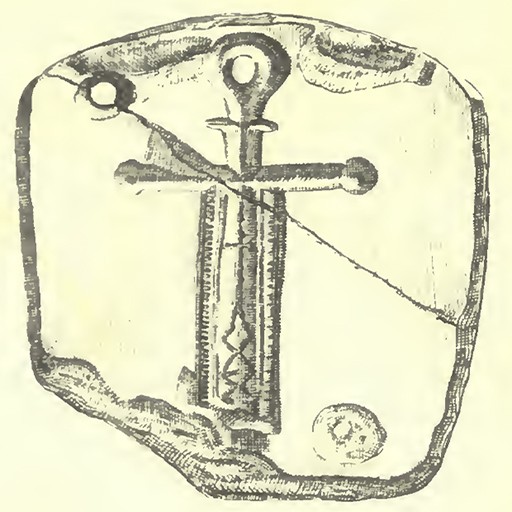
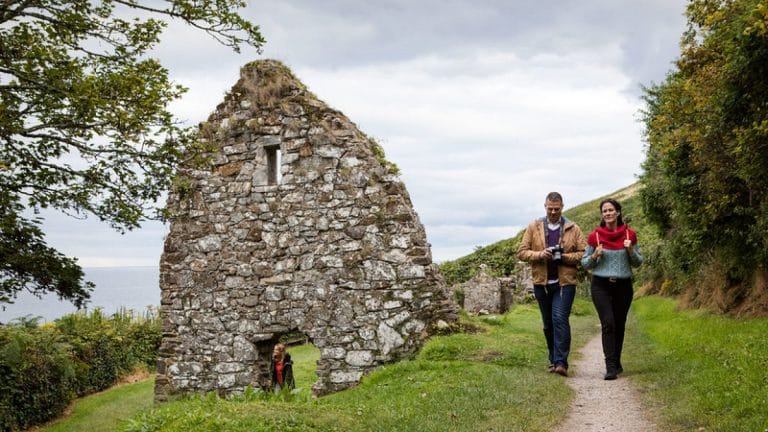

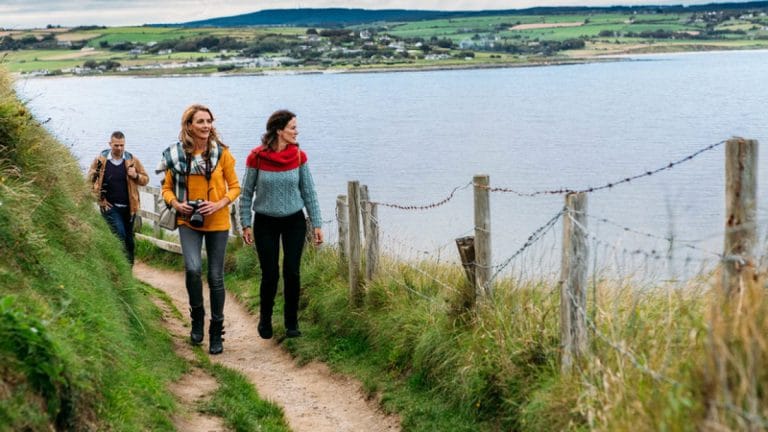
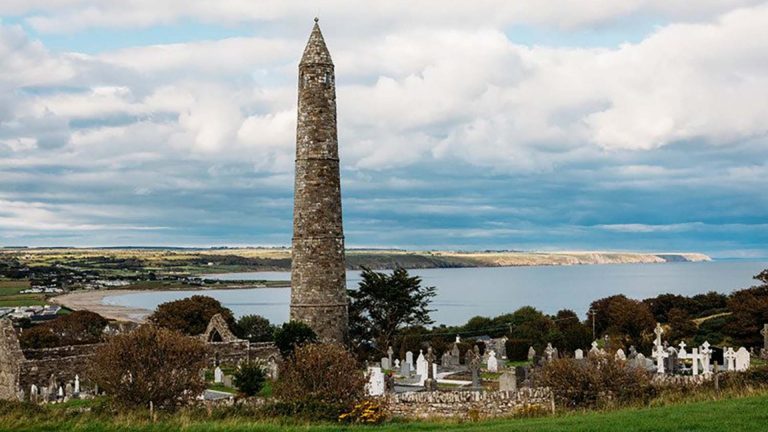
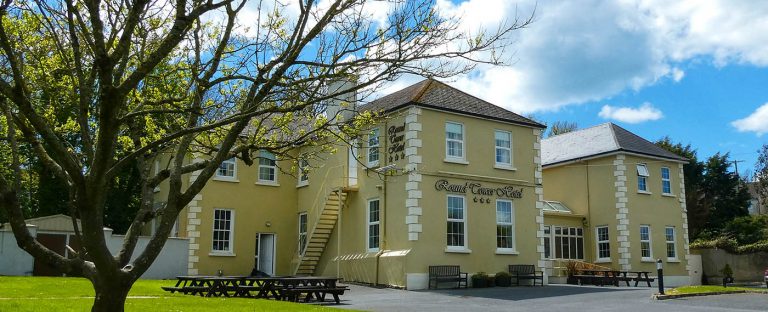
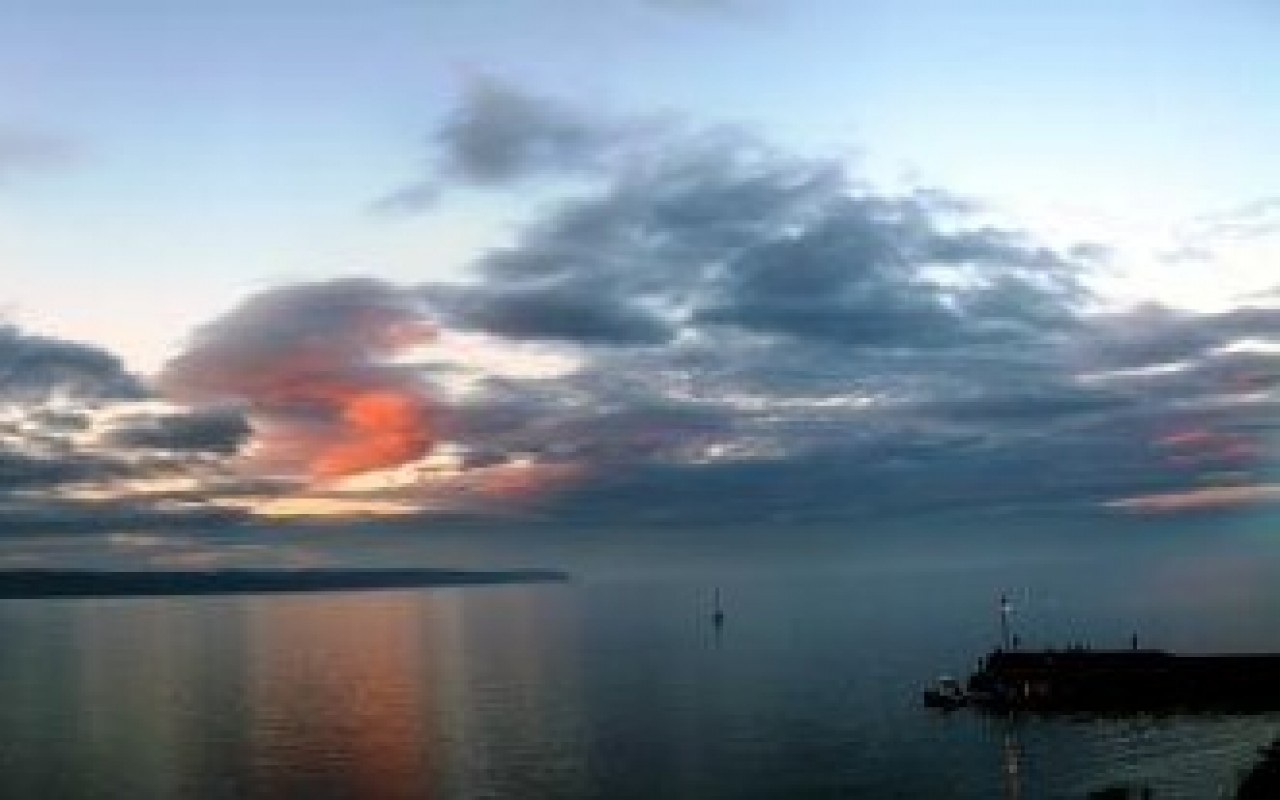
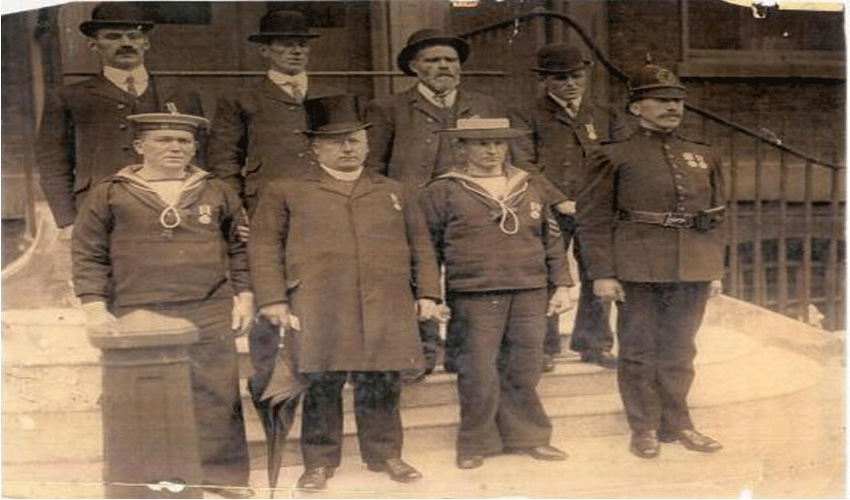
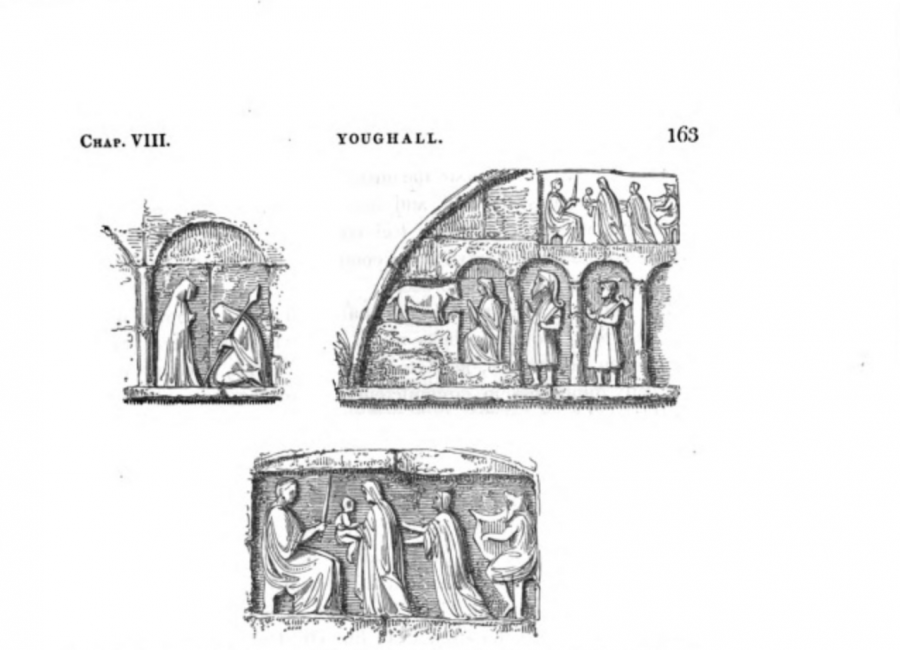
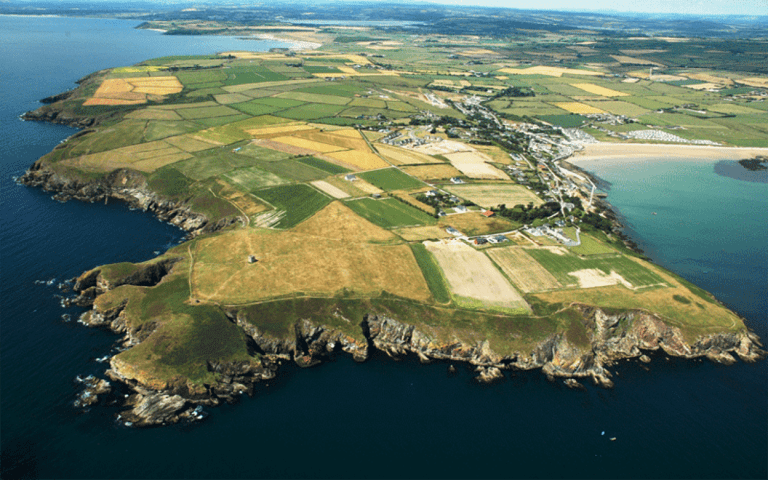
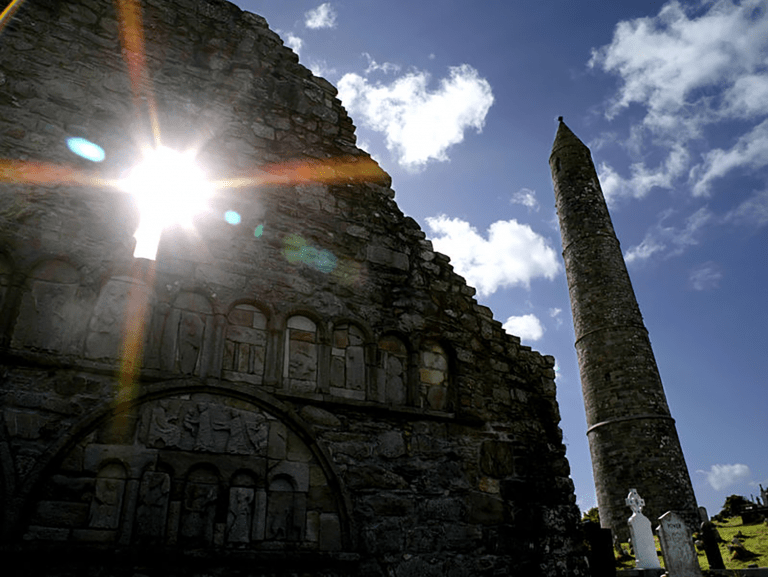
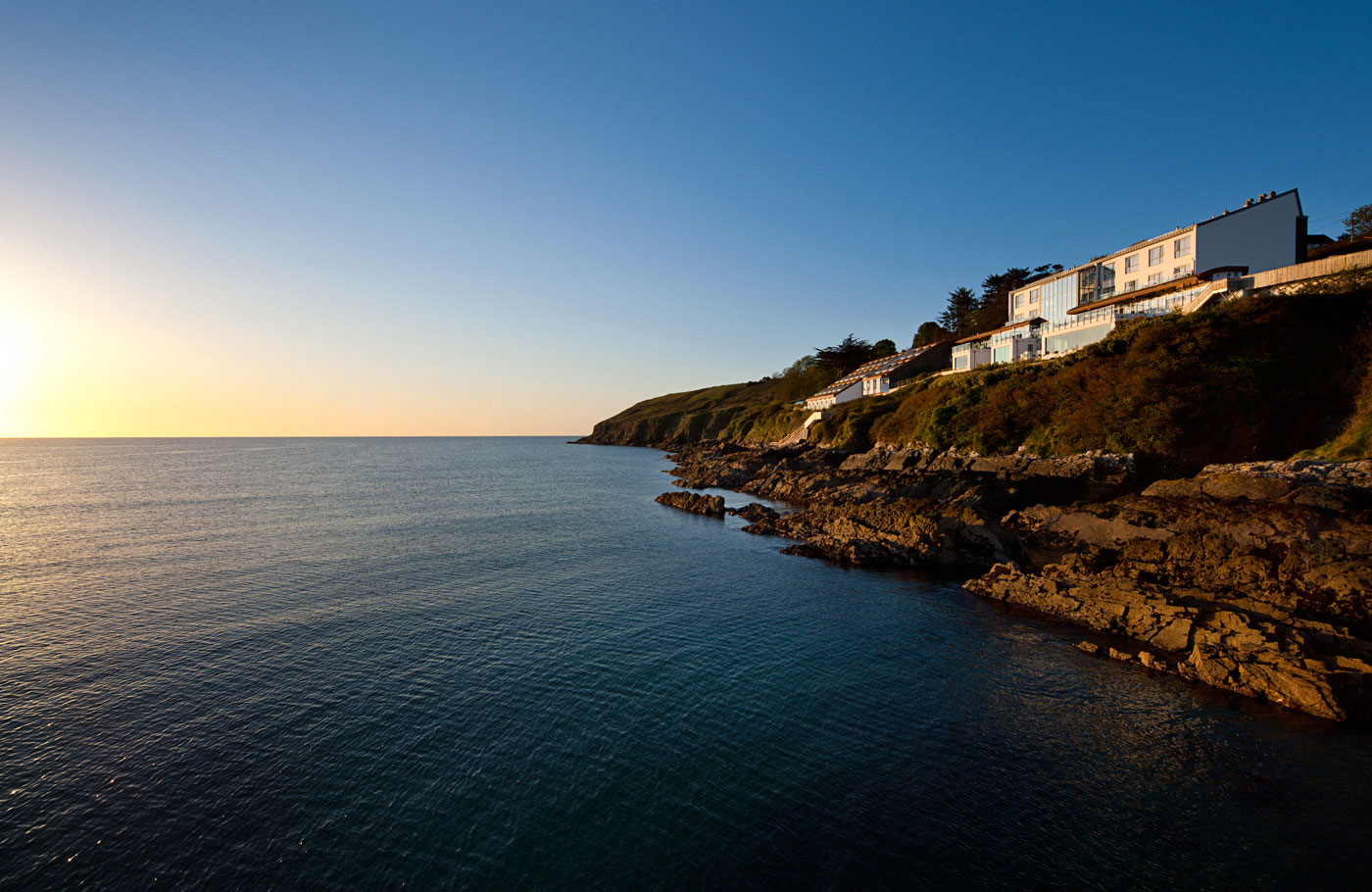
Located an article yesterday that places a better location on Ardmore Castle. It was written in 1864.
“It is said that the castle mentioned, the foundations of which were visible forty years ago, stood on the low ground immediately east of the new parish church: therefore north-east of the old cathedral, and about a hundred and fifty to two hundred yards from it, but no portion of it remains.”
Ardmore Castle was located on the present site of the ” Old Rectory ” on the right hand side of tower hill. An old medieval door and part of a window are visible in the basement of the present building. A tunnel was found in the basement when the house was being renovated during the early 90’s . An aerial photograph of Ardmore in Ardmore Health Centre clearly shows the house surrounded by the outer defensive dyke mentioned in the siege description . There are still a number of tunnels dug by the besiegers as described in the pamphlet on the siege , extant.
Excellent. As a Mernin, I will be sure to visit Ardmore on my next trip over.
John
Thanks for this and it could well be there. Had heard about the tunnels being filled in.
Doesn’t it seem like a very low area to be putting a castle that you may need to defend or view oncoming armies from. As we have seen it didn’t hold out long but in it’s design it would appear to be a badly chosen location.
As a castle where so many lost their lives in Ardmore, it would be important to mark it’s location as accurately as possible and include it in the memories of generations.
Re Ardmore Castle location.
It is probable there were two Tower Houses in Ardmore . One was located on the ground directly below the Round Tower and Cathedral . The site of the second is more difficult to place and it is references to this that cause the confusion re the location of the Castle.
One of the best accounts of the 1642. seige was written by Edmund Borlase in 1743.
He describes the Castle as being on the ground immediately below the oratory and tower. Given the location of the “rectory” in the centre of the circular fosse/ dyke, the still existing sappers tunnels dug under this fosse , the Tower House foundations present in the basement of the rectory contempory descriptions of the seige including the one described above , I am confidant that ” the Old Rectory ” is the location of Ardmore Castle”
Rgds John
Hi John
You are probably correct in this being a position. The two towers and even castle references do pop up also but sometimes it is more about reading between lines.
Borlase’s description is indeed very informative but I do like the idea of an eyewitness account being available for others to read today.
What is important is to explore “working hypotheses” and establish a more definitive location(s), even if it is the one we expect! It is probably worth doing some more work, with your involvement hopefully, to see if we can mark this spot so to speak and leave behind a more detailed story.
It will be great if we we do this.
John
Wonder if you saw another suggestion on the placement of a second castle in Ardmore 1845 (Part 6) on the facebook site
https://www.facebook.com/ardmoregrangeheritagegroup
Any thoughts